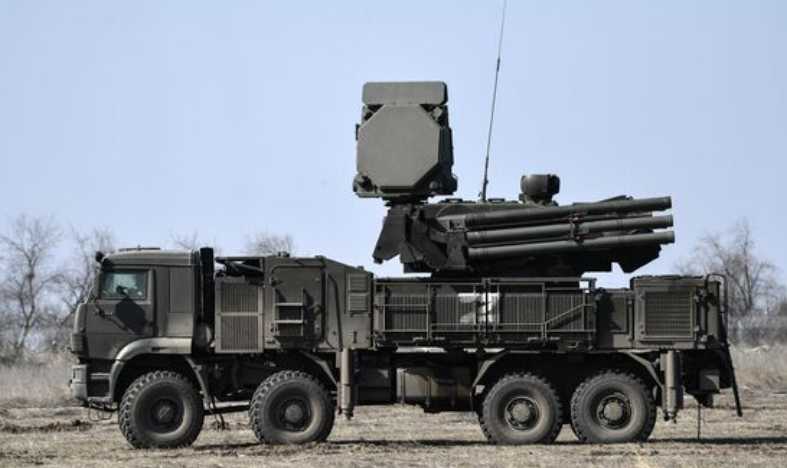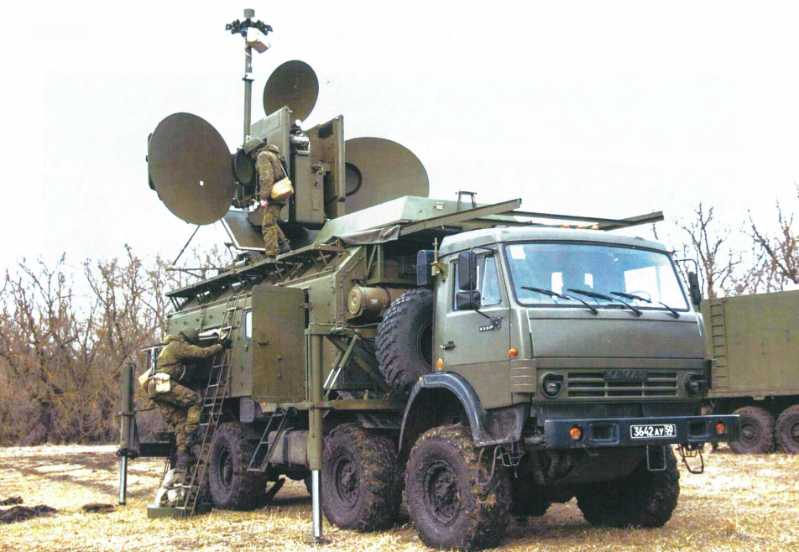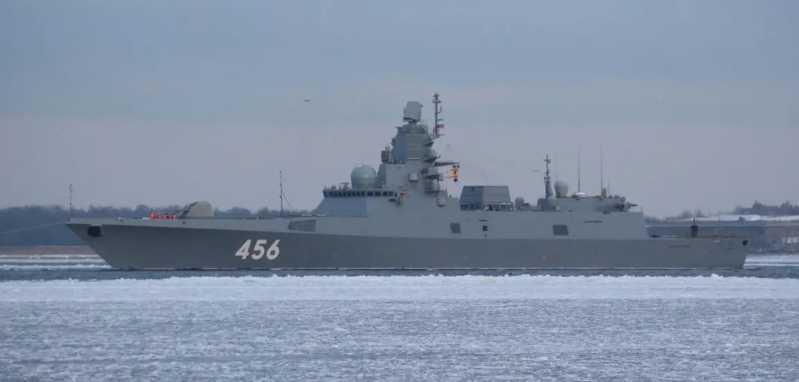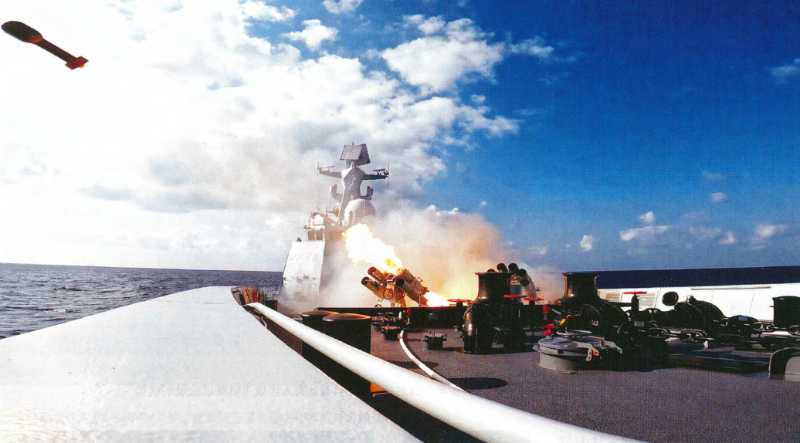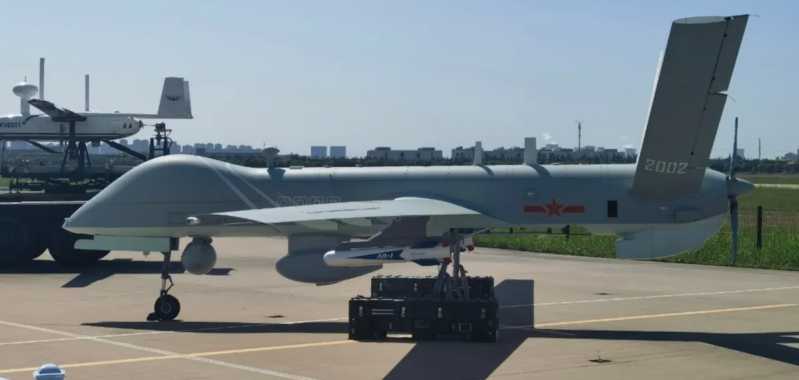In the early stage of the Russian-Ukrainian war, since the air defense weapon systems of both armies were inherited from the Soviet army, the air defense combat system was basically the same. It is also because of this that the Russian army, which took the initiative to launch special military operations, is very familiar with the Ukrainian army’s air defense combat capabilities and weaknesses. At the beginning of the war, it first used a variety of long-range precision strike weapons and anti-radiation weapons to focus on and suppress the Ukrainian army’s air defense system, which seriously weakened the Ukrainian army’s theater air defense combat system.
Due to the disparity in overall power comparison, the Ukrainian army rarely poses a threat to the Russian army’s air defense weapon system. However, as the war dragged on, the Ukrainian army gradually obtained a large number of air defense weapon systems provided by NATO countries, including "Stinger" and "Patriot", and began to rebuild a Western-style air defense system, and its air defense combat capability gradually recovered.
Russian Army Field Air Defense System
Russian Army Air Defense Operation System is actually a continuation of Soviet Army Air Defense Operation System. The Soviet Union spared no effort in building the Army Field Air Defense System. This was based on the lessons learned from the Great Patriotic War and the offensive air force advantage of Western countries represented by the United States and Britain after the war. The Soviet Army deeply realized that it must pay great attention to the construction of ground force field air defense combat capabilities at both the tactical and campaign levels.
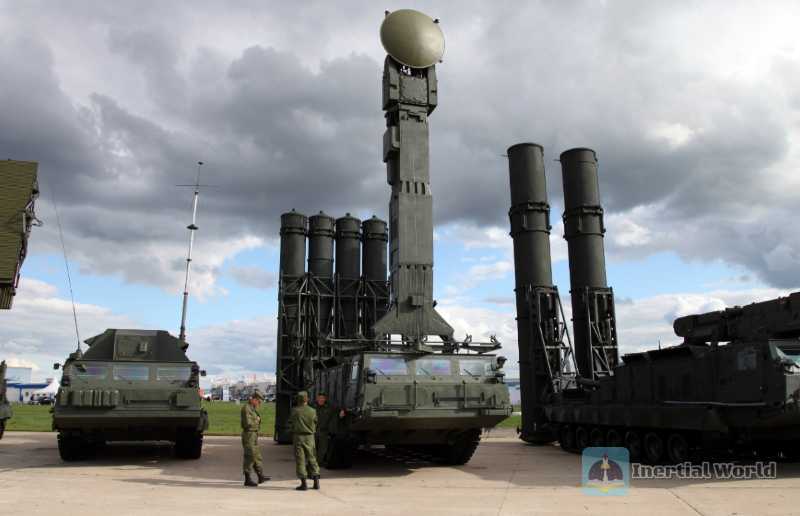
After decades of unremitting efforts, before the disintegration of the Soviet Union, the Soviet Army had established the most powerful Army Field Air Defense System in the world. After the disintegration of the Soviet Union, the Russian Army Field Air Defense System was not essentially different from the former Soviet Army in terms of organizational structure, nature, role and application principles. It was just that due to changes in the domestic economic situation, it underwent many reforms and adjustments, and the organization and force size were greatly reduced compared with the Soviet period, but the overall level was still among the best in the world.
On May 7, 1992, according to the order of the first Russian President Yeltsin "On the Establishment of the Russian Armed Forces", the Russian Army Air Defense Force was reorganized. This air defense force inherited a large number of combat equipment of many models from the Soviet Army. According to relevant data from the same period, the Russian Army Air Defense Force had at least about 500 SA-4 air defense missile systems, about 400 SA-6 and SA-8 systems, about 200 SA-9 systems, 250 SA-11 systems, 100 SA-12 systems, 350 SA-13 systems, 100 SA-15 systems, and an unknown number of 2S6M "Tungushka-M1" integrated air defense systems.
In 2008, the Russian army began to comprehensively promote the reform of "division to brigade". At the campaign corps level, the establishment of campaign strategic clusters, army headquarters and army headquarters was abolished, and seven "campaign headquarters" were established, further reducing the size of the Russian army to 270,000. At the same time, the campaign air defense force was also streamlined. The original 19 air defense missile brigades were reduced to 7, and basically each "campaign headquarters" was assigned an air defense missile brigade. The original 28 division-affiliated air defense missile regiments and more than 100 air defense missile/anti-aircraft artillery battalions were also reorganized into more than 90 synthetic brigade-affiliated air defense missile/anti-aircraft artillery battalions.
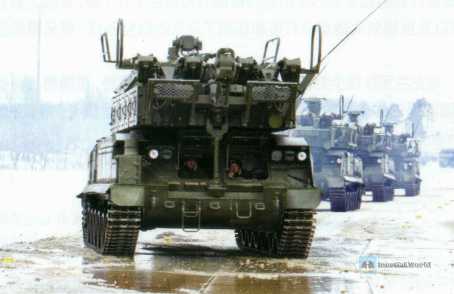
But soon after, a senior Russian official said that the abolition of the army group was a mistake, so he began to restore the army group establishment before the reform, restoring the total number of Russian army groups to 10~11. In line with this adjustment, the Russian Army added three more air defense missile brigades in 2011, bringing the current number of Russian Army air defense missile brigades to 10.
After the military reform, the Russian Army air defense forces basically eliminated the first and second generation air defense missile systems such as SA-4 "Round" and SA-6 "Cube". The optimized Russian Army field air defense weapons and equipment mainly consist of SA-21 (S-400), SA-12 (S-300V), SA-11 "Buk-M1-2" and "Buk-M2", SA-15 "Tor-M1", SA-8 "Wasp-AKM", SA-19 "Tungushka-M1", the latest developed "Armor-S1", and NATO code-named SA-16/18 "Needle", "Arrow-10M3" and other air defense missile systems.
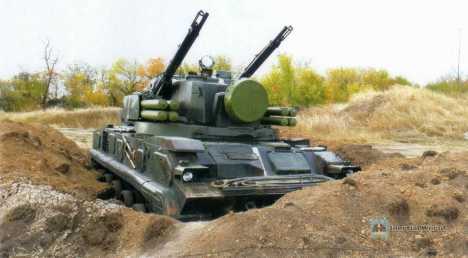
The organization and equipment of the Russian Army’s air defense forces
The Russian Army’s air defense missile brigade is responsible for the air defense cover mission of the war zone and important targets. It is mainly equipped with S-400, S-300V1, S-300V2 and S-300V3 ("Antey-2500") series of long-range air defense missile weapon systems with a range of 100~200 kilometers. It has integrated anti-ballistic missile and anti-aircraft target combat capabilities and can fight against large-scale air strikes in a strong electronic interference environment. Usually, each air defense missile brigade has three battalions, each of which includes a battalion headquarters company and four launch companies. Each battalion is equipped with a 9S457-1 air defense combat command post, a 9S15 circular search radar, and a 9S19 sector scanning radar. Each launch company is equipped with a 9S32-1 multi-channel phased array guidance radar, two 9A82 two-unit missile launchers, four 9A83 four-unit missile launchers, and 40 ready-to-fire missiles. Depending on the type of launcher, the standard number of missiles equipped by an air defense missile brigade is 96-192.
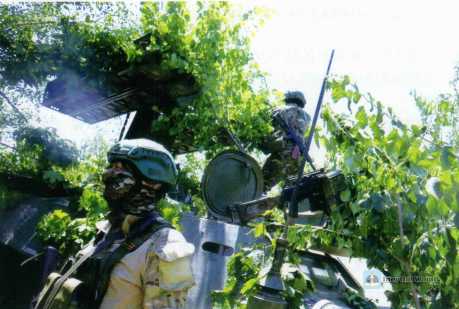
The air defense missile brigade under the army is responsible for the air defense cover mission of the troops and important targets in the depth of the campaign. It is mainly equipped with the "Buk" series of medium-range air defense missile weapon systems with a maximum range of 36-50 kilometers. It has the combat capability to deal with large-scale air strikes by various tactical and strategic aircraft, drones and cruise missiles in a strong electronic interference environment. Each air defense brigade has 4 missile battalions, each of which is equipped with 1 9S470MI-2 command post, 1 9SM18M1-1 Japanese standard search radar, and 6 9A310M1-2 quadruple missile launchers.
The brigade is equipped with 24 9A310M1-2 quadruple missile launchers and 192 missiles.
As for the air defense battalion under the combined brigade, it is mainly responsible for providing efficient accompanying air defense cover capabilities for the accompanying mechanized troops. After the Russian army’s division was changed to a brigade, each motorized infantry brigade/tank brigade was equipped with 1 air defense missile battalion or 1 air defense missile/antiaircraft artillery battalion. Among them, the air defense missile battalion is mainly equipped with the "Tor-M1" field air defense missile system. Each battalion has 3 air defense missile companies, 1 command platoon, and 1 technical support platoon; each company is equipped with 4 "Dor-M1" air defense missile launchers, with a total of 12 vehicles in the battalion. The main task is to provide highly mobile short-range, medium and low altitude accompanying air defense cover for mechanized troops. The maximum air defense cover firepower radius is 10~12 kilometers.
The air defense missile/anti-aircraft artillery battalion is mainly responsible for the terminal and low-altitude air defense cover mission. Each battalion has 2 air defense missile companies and 1 air defense missile/anti-aircraft artillery company. One air defense missile company is equipped with 6 "Arrow-10M3/4" air defense missile launchers, and the other air defense missile company is equipped with 36 "Needle" portable air defense missile systems; the air defense missile/anti-aircraft artillery company is equipped with 6 "Tungushka-M1" or "Armor-S1" missile and artillery integrated air defense vehicles, with a maximum air defense firepower radius of 8~10 kilometers.
From the perspective of organization and weapon configuration, the Russian field air defense system is still dominated by surface-to-air missiles. The overall organization structure, nature, role and application principles are not fundamentally different from those of the Soviet Army, but certain adjustments and improvements have been made according to changes in the situation. From the front to the battalion and below, all units are equipped with air defense weapon systems of different models suitable for different needs, forming a multi-level, multi-weapon coverage of long, medium and short airspace and high, medium and low altitudes. The dense air defense firepower system has a range of 0.5~200 kilometers and a firing height of 0.01-30 kilometers. The overall level is still at the forefront of the world today. Although the organization and force size have been greatly reduced compared with the former Soviet Union, the level of informatization has improved.
Compared with Western technologically developed countries such as the United States and Europe, the Russian army is relatively backward in air defense early warning technology, which can be said to be the weak link in its air defense operations. The Russian military believes that battlefield perception is particularly important for air defense forces that use shooting as their main means of combat. Army air defense forces should have the ability to observe and monitor the entire battlefield all day, all weather, all directions and beyond visual range.
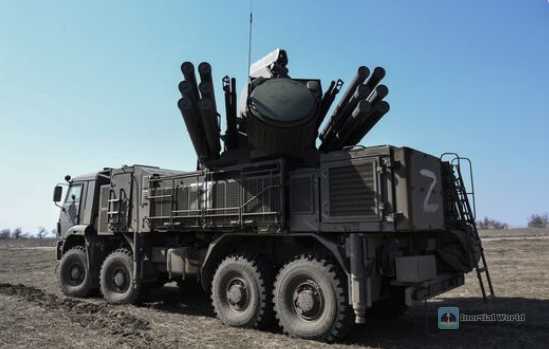
In recent years, the Russian military has attached great importance to the overall supporting construction of early warning satellites, early warning aircraft, early warning radars and command and control systems, and has formed an early warning detection network with a wide coverage, high detection accuracy, long warning time and rapid response, and a highly automated command and control system, so that the Russian Army air defense forces have basically realized the networking of target observation, real-time information processing, and automation of combat command.
Through the analysis and research of local wars in the world since the 1990s, the Russian military believes that the use of multiple launch platforms, the large-scale use of various long-range precision-guided weapons, and the large-scale deployment of various advanced fighters to suddenly carry out non-contact strikes outside the defense zone will be the main combat method of high-tech wars in the future. Faced with today’s various advanced air attack weapons, tactics, and powerful air attack combat systems with matching functions, the Russian army needs to continue to step up the replacement of air defense weapons and equipment and comprehensively use various air defense weapons to improve and develop a powerful air defense combat system to meet the needs of air defense operations in the 21st century.
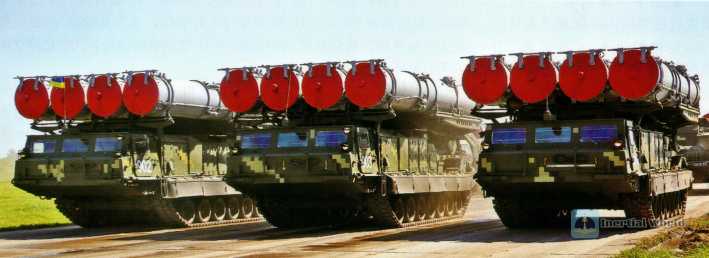
Ukrainian air defense combat system
After the disintegration of the Soviet Union, according to the principle of station ownership, Ukraine actually obtained air defense equipment second only to Russia. It has a complete range of air defense weapons, including SA-2 (S-75M3), SA-3 (S-125M/M1), SA-5 (S-200VM), SA-10 (S-300PT/PS/V1), SA-11 ("Beech"-M1), and SA-16/18 "Needle" and "Arrow"-10, which are responsible for national air defense and army field air defense missions. The range covers long, medium, short range and high, medium and low altitude, and is a relatively advanced and complete air defense combat system. During this period, the Ukrainian army was at the same level as the Russian army in terms of air defense weapons, but the scale and quantity were slightly inferior.
In the 1990s, Ukraine carried out a large-scale reduction in its military. All medium-range air defense missiles such as S-75M3, S-125M/M1 and S-200VM, which were already outdated in terms of technology, were retired. Only S-300P T/PS/V1, "Buk"-M1, "Needle" and "Arrow"-10 and other air defense weapons and equipment were retained. After the reduction, the size of the air defense force was less than one-third of the original. Moreover, since Ukraine did not have the ability to independently develop and produce advanced air defense missiles after independence, and the shortage of military funds made it unable to purchase advanced air defense weapons from abroad, its air defense weapons and equipment had not been updated for a long time, and its technical level and combat capability had gradually fallen behind the Russian army.
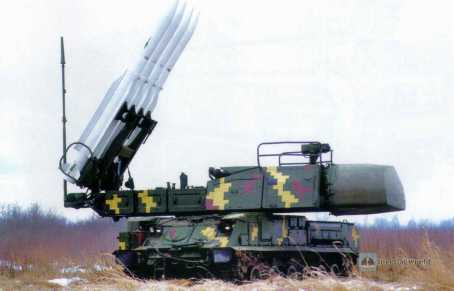
Since the main air defense weapons and equipment and system structure of the Ukrainian army are of the same origin as those of the Russian army, the Russian army can be said to be well aware of the characteristics of the Ukrainian air defense weapon system. Therefore, when the Russian army launched a special military operation against Ukraine, it first used a variety of long-range precision strike weapons and anti-radiation weapons to focus on and suppress the Ukrainian army’s air defense system, which seriously weakened the Ukrainian army’s theater air defense combat system.
In the first stage of the Russian-Ukrainian military conflict, the remaining air defense weapon systems of Ukraine only put up sporadic resistance to the offensive of the Russian Aerospace Forces, and the threat posed to Russian fighter jets and armed helicopters was even less than the large number of portable air defense missiles equipped by the Ukrainian Army. Before the outbreak of the Russian-Ukrainian military conflict, the Ukrainian Army had already obtained a large number of advanced weapons such as the American-made "Stinger" portable air defense missiles and "Javelin" anti-tank missiles. These light and flexible American-made advanced weapons and equipment caused serious losses to Russian fighter jets and ground armored forces in the first stage of the Russian-Ukrainian military conflict.
As the war dragged on, NATO countries began to provide Ukraine with a large number of portable air defense missiles of various models, including the US Stinger, the UK Starlight, the Polish Thunder/Lightning, and the French Mistral. The large number of advanced portable air defense missiles used by the Ukrainian army from Western countries posed an effective threat to the Russian Aerospace Forces’ frontline combat aircraft and armed helicopters, and suffered relatively heavy losses.
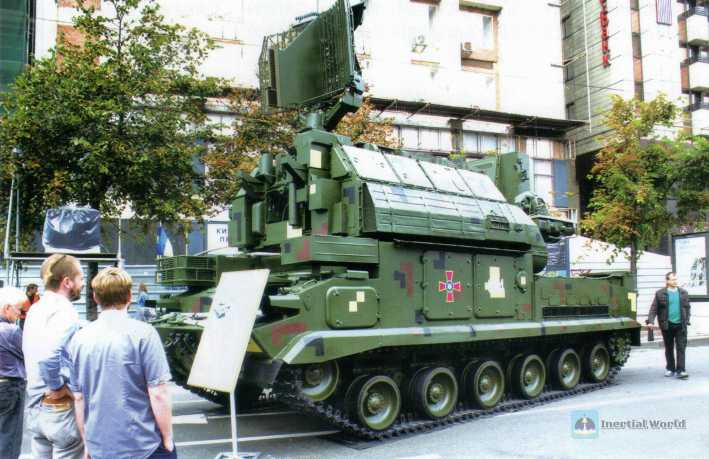
After the two sides entered a relatively stable stage, the Russian and Ukrainian armies attacked deep targets and even non-military targets in each other’s territory more frequently, especially using a large number of tactical ballistic missiles, cruise missiles, and cruise missiles for long-range attacks. The Soviet-made S-300P T/PS/V1, "Buk"-M1 and other medium- and long-range air defense missiles previously equipped by the Ukrainian air defense forces have been basically exhausted, and are unable to effectively defend against the Russian missile air strikes. To this end, NATO countries began to provide Ukraine with a variety of large-scale air defense weapon systems and helped Ukraine rebuild its national air defense system.
Turning to Western equipment systems
According to relevant reports, the United States and Western European countries such as Britain, France, Germany, and Italy have successively delivered to Ukraine advanced air defense weapons and equipment including the "Patriot" air defense and anti-missile system, the SAMP/T medium- and long-range air defense system, the NASAMS.IRIS-T SLM air defense weapon system, and the "Cheetah" self-propelled anti-aircraft gun.
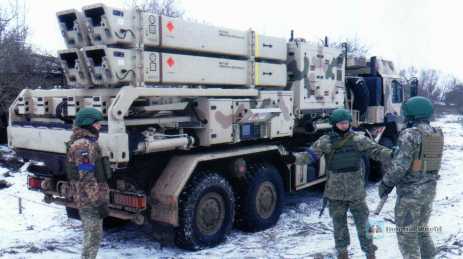
Of course, NATO countries did not provide Ukraine with all new and advanced air defense systems, but also a considerable number of previous generation short-range air defense missiles such as "Asped", "Sidewinder" and "Avenger", and even older "Hawk" air defense missiles. Since the Ukrainian air defense forces were previously equipped with air defense weapons and equipment produced during the Soviet era, they still need to learn how to operate the air defense system provided by NATO. Therefore, the United States and European countries need to provide special training for the Ukrainian air defense forces for a period of time. Poland, Slovakia and other former Warsaw Pact Eastern European countries handed over their Soviet-made S-300PMU long-range air defense systems and even old-fashioned S-125 medium-range air defense missiles and other air defense weapons that are still in service or sealed to the Ukrainian army.
For the Ukrainian army, although the air defense missile systems produced by the former Soviet Union provided by these Eastern European countries are not advanced, they can be directly put into combat without training, which is conducive to rebuilding and restoring Ukraine’s air defense combat capabilities as soon as possible, and buying breathing time for the Ukrainian army to master the air defense weapon systems provided by NATO countries.
So far, although the Ukrainian army has obtained a large number of air defense weapon systems from various Western countries, it is difficult to effectively integrate such complex air defense system models to form an integrated air defense combat system similar to the Russian army. From the actual combat effect, the Ukrainian air defense forces have strengthened their air defense and anti-missile capabilities against important cities such as Kiev, but their air defense cover capabilities for front-line field troops have not changed significantly, and are not enough to provide an invisible umbrella for the front-line ground combat troops. In addition, the US-made "Patriot" air defense and anti-missile system responsible for the air defense of key urban areas has become very cautious due to the focus of Russian hypersonic missiles.
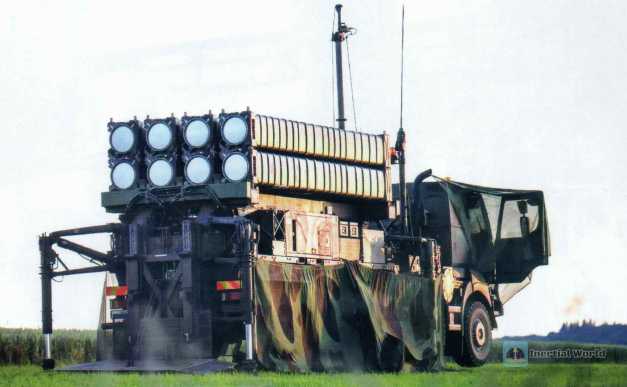
Another problem is that as the Russian army begins to invest more and more in combat weapons such as "Witness-136" and "Lancet" cruise missiles, Ukraine’s rebuilt air defense system still performs poorly against various "low, slow, and small" drones. The air defense warning system is extremely short-sighted, resulting in a variety of air defense weapons being aimless. When the target is discovered, the "Witness-136" carrying high explosives is often close to the air above the key protection area. Even if it is shot down by the Ukrainian air defense weapons, it often causes collateral damage to ground buildings and personnel. The large number of "Stinger" portable air defense missiles equipped by the Ukrainian army are completely powerless against cruise missiles such as "Lancet" and micro-rotor aircraft.
Of course, Ukraine has also repeatedly dispatched small drones to successfully attack air bases in Russia and even the Kremlin, the core location of the capital Moscow, and the current Russian air defense system cannot be said to be effective in responding to such "low, slow, and small" air strike targets, but the Ukrainian side is completely incomparable with the Russian side in terms of dispatch capabilities and combat scale, so the pressure on the Russian air defense system is obviously lighter than their Ukrainian counterparts.
In fact, the Russian-Ukrainian war has evolved into a proxy war between Russia and the entire Western countries represented by the United States, which is strongly supported by information and a variety of advanced military technology and equipment. NATO not only provided Ukraine with various advanced weapons and equipment and personnel training, but also provided the Ukrainian army with support for space systems including satellite reconnaissance, Starlink communication, satellite navigation, etc., allowing the Ukrainian army to use drones to attack Russian deep targets.
Conclusion
The Russian-Ukrainian war shows that today’s information warfare is an integrated and comprehensive confrontation using multiple weapons in full-dimensional space, unlimited altitude, and ultra-large range. Just as air supremacy began to restrict land and sea battlefields after the emergence of the air battlefield, air and space supremacy has become a prerequisite for modern warfare to gain air and sea supremacy. Without air and space supremacy, it will be difficult to have other supremacy. Only by depriving the enemy of air combat, ballistic missile combat, and air combat capabilities, and limiting the enemy’s space information support, can we ensure that our own air and space forces, as well as land forces and sea forces, have sufficient freedom of action. In the fierce confrontation between Russia and Ukraine and the NATO forces behind them, the air and space battlefield has actually become the main battlefield and the decisive battlefield.
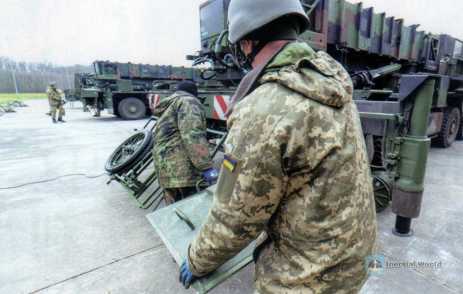
In view of this, our army should conduct in-depth research on the situation of the Russian-Ukrainian war, and keep up with the forefront of modern aerospace technology development, take the development of new ammunition as the first step, take the development of new quality strike means as the breakthrough, take the strengthening of informationized combat training as the guarantee, take the development of new strike platforms as the expansion, take hypersonic aircraft as the focus, take the construction of near-space combat capabilities as the breakthrough, and take the construction of long-distance information networks as the support to accelerate the development of aerospace offensive and defensive combat capabilities supported by space-based information. By continuously enriching our military’s strategic strike means, improving our military’s strategic deterrence system, and building a "mutually assured strike in the air and space" mechanism, we will gradually establish an integrated air and space weapons and equipment system. At the same time, we should accelerate the construction of a national aerospace defense system, including strengthening strategic early warning construction, improving the monitoring and management system of surface space, accelerating the development of new main combat aircraft, new air defense and anti-missile ammunition, and strategic early warning systems, and further enhance anti-stealth, anti-UAV, anti-cruise missile, anti-ballistic missile, anti-near-space aircraft, and anti-space weapon combat capabilities. By accelerating the development of a new generation of aerospace offensive and defensive weapon systems, we will continuously improve the aerospace surveillance capabilities of strategic territories and expand the scope of aerospace activities, so that aerospace targets can be seen, outer space targets can be blocked, and inner space targets can be intercepted. We will also form a powerful momentum to control high with high, low with high, far with high, land with air and sea with air and space, improve the shaping and maintenance of aerospace strategic situation, curb real threats in aerospace, and play an important role in helping our army win the information war.


